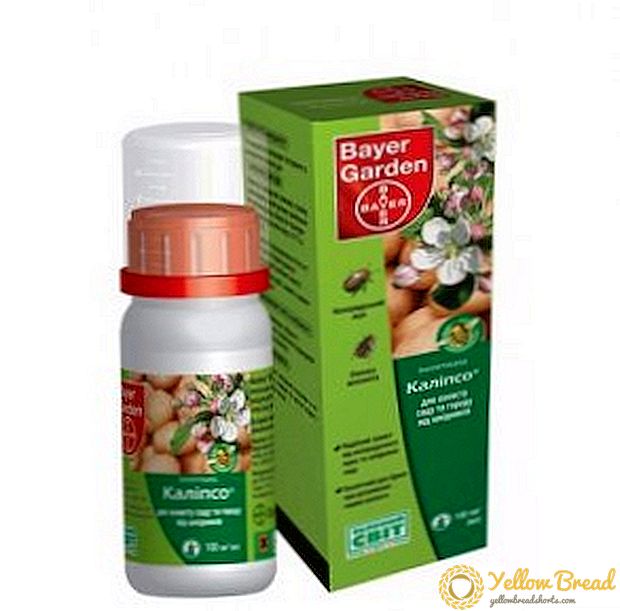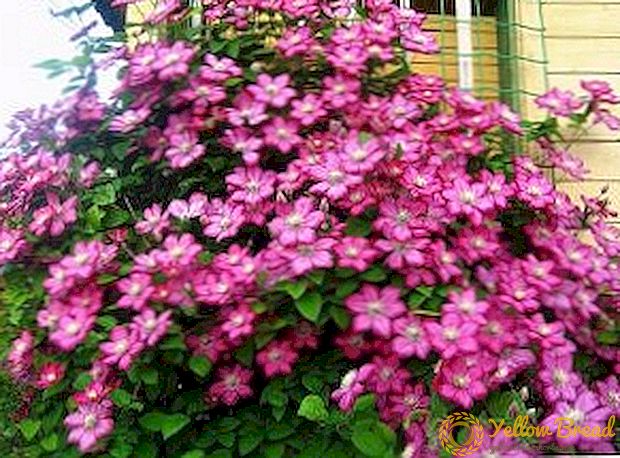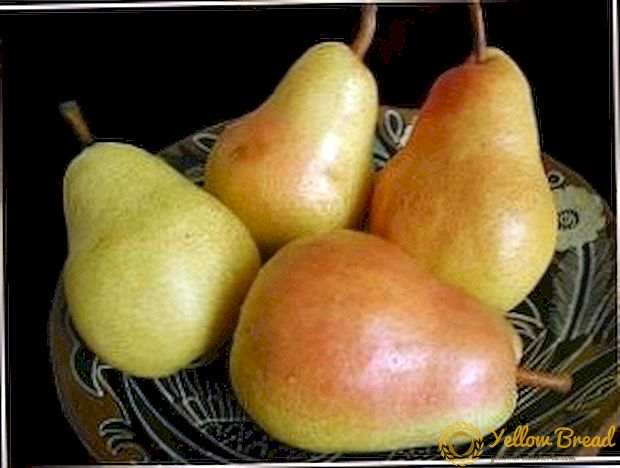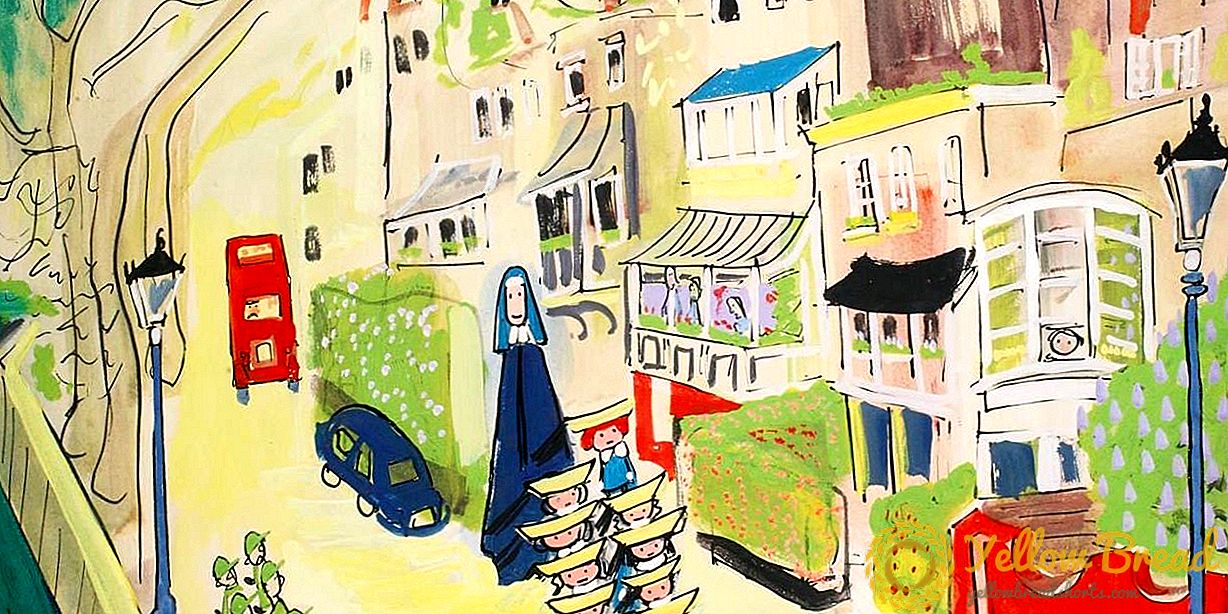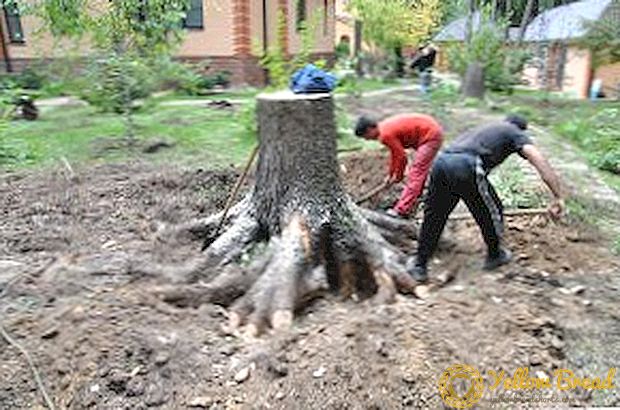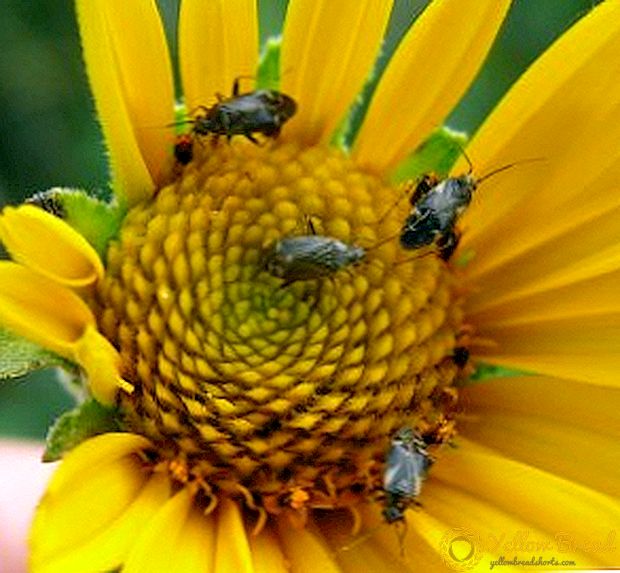 Geranium is magnificent, despite its apparent simplicity, is considered to be a unique culture. Unpretentious to the conditions of planting and care, surviving in all weather conditions, it can grow in the same place for many years. About where and how to grow this perennial flower, we will tell in our article.
Geranium is magnificent, despite its apparent simplicity, is considered to be a unique culture. Unpretentious to the conditions of planting and care, surviving in all weather conditions, it can grow in the same place for many years. About where and how to grow this perennial flower, we will tell in our article.
- Botanical description
- Popular varieties
- Where to plant a magnificent geranium?
- Lighting and location
- Soil requirements
- Features of reproduction and planting culture
- Agrotechnics growing plants
Botanical description
This is a hybrid species, which, in turn, has several varieties. They all have bright, large inflorescences, different shades of blue. Flowers are large, with 5 round petals, located in the same plane, and 5 sepals, collected in the corolla.  On one branch there are up to 3 corollas. Flowering begins in June and lasts all summer.
On one branch there are up to 3 corollas. Flowering begins in June and lasts all summer.
Shrub, with proper agricultural technology, reaches a height of 60 cm. Thick bushes retain their decorative effect until deep autumn and even before the onset of winter and are able to grow thick with a carpet.
Leaves on petioles, soft, velvety-pubescent, with serrated edges, dissected into 5 lobes.By the fall, they are "repainted" from green to different shades of red: from terracotta to orange.
Popular varieties
Gardeners have always appreciated the magnificent geranium for the beauty of flowers, leaves and the shape of bushes, and it is not surprising that in 100 years many varieties of this garden flora have been bred. Here are some of them.
Alan mayes forms a hemispherical bush with a height of 40 cm and a width of 35 cm. Flowers with blue petals, with dark blue veins, with a diameter of 4.5 cm. 
Blue blood grows in a rounded dense shrub with a height and width of 30 cm, which is decorated with flowers with a diameter of 4.5 cm, with blue or purple-blue petals with dark, almost black veins and light shed. 
Mrs. Kendall clark - it is magnificently flowering bushes up to 60 cm high. The flowers are blue-blue with pinkish tint. 
Rosemoor - a bush of medium height (approximately 45 cm) and width (within 35 cm), large flowers with a diameter of 5 cm, in which the petals are lilac-blue with dark blue veins and lilac-pink throat. 
Where to plant a magnificent geranium?
This hybrid was obtained by crossing Georgian and flat-breed geraniums and inherited from them all their “habits” and preferences.
Lighting and location
Both Georgian and flat-footed monocultures in nature grow in the meadows of the sub-alpine belt of the Caucasus, this fact is decisive when choosing a place for planting in the garden of their derivative - magnificent geraniums.  It should be planted in sunny areas. However, it grows well in partial shade.
It should be planted in sunny areas. However, it grows well in partial shade.
Soil requirements
Our hybrid, like his parents, prefers fertile soil. But more importantly, the soil was loose, not swimming (without stagnant water) and aerated. However, he can "agree" on a less rich soil, though without additional agrotechnology it will develop more slowly.
Features of reproduction and planting culture
In general, geraniums multiply either by the seed method, when seeds are sown for seedlings at the end of November or at the beginning of April, and after 2 years are planted in a flower garden, or by vegetative means, that is, by dividing the rhizome in early March or at the end of August.
But, since geranium is magnificent sterile, that is, does not bear fruit and does not give seeds, its reproduction is possible only by the second method. This is recommended at the age of five to seven.  To divide the bush, you need to chop off the necessary part of it along with the root system with a chopper or shovel and dig deep (20 cm deeper than the root) into the conical hole in the fertilized area (rotted manure or compost) and pour it with water.
To divide the bush, you need to chop off the necessary part of it along with the root system with a chopper or shovel and dig deep (20 cm deeper than the root) into the conical hole in the fertilized area (rotted manure or compost) and pour it with water.
Agrotechnics growing plants
As it was said at the beginning, geranium is unpretentious to the conditions of planting and care, quietly developing in one place for many years, without transplantation and rejuvenation, as well as without the need to control weeds, because it grows more actively than weeds.  And yet there are several requirements for care. Here they are:
And yet there are several requirements for care. Here they are:
- timeliness of watering. First, the moisture needed seedlings in the first time after planting on the flower bed. Secondly, any plants need watering after a long drought. And the rest of the time the magnificent geranium needs periodic watering, moderate even in hot summer;
- soil nutrition. Our hybrid, especially if it grows on moderately fertile soils, needs to be fed: at the beginning of the season - with nitrogen fertilizers, and in the middle of spring - with complex, for example, organic ones. By the way, if immediately after planting, sprinkle the soil with mulch, then its loosening will not be needed later;
- disease control. Geranium itself is a natural insecticide, that is, insects are not afraid of it, as well as most diseases. And yet because of the cold and high humidity there is a risk of getting sick. Here are the main diseases of geranium and their treatment: powdery mildew (removal of the affected areas, treatment of the bush Bordeaux fluid); gray rot (spraying with TMTD solution at the beginning of the season, removal of the bush); Alternaria (use of fungicides like "Scor"); spider mite (use of insectoacaricides);
- Geraniums need to be sheltered for the winter, especially young bushes.
 And yet, to ensure the splendor and duration of flowering of the bush, it is necessary 2 times a year, in spring and autumn, to do pruning of faded greenery and peduncles.
And yet, to ensure the splendor and duration of flowering of the bush, it is necessary 2 times a year, in spring and autumn, to do pruning of faded greenery and peduncles.As the popular saying goes: “patience and hard work will be done”. But magnificent geranium does not require a lot of work. She needs a little attention and a bit of love - and she will generously give you for it.

